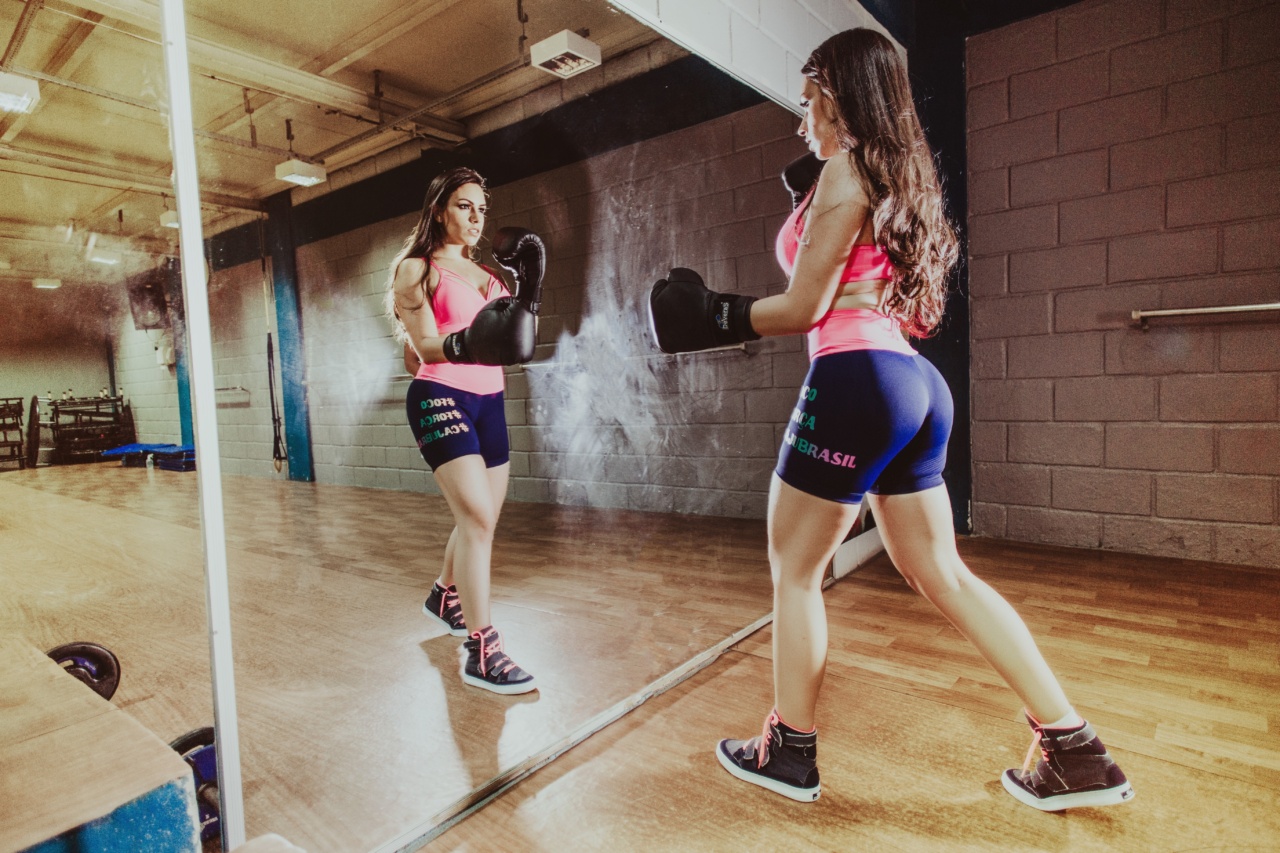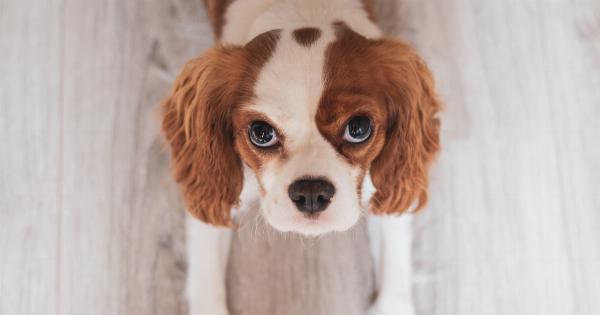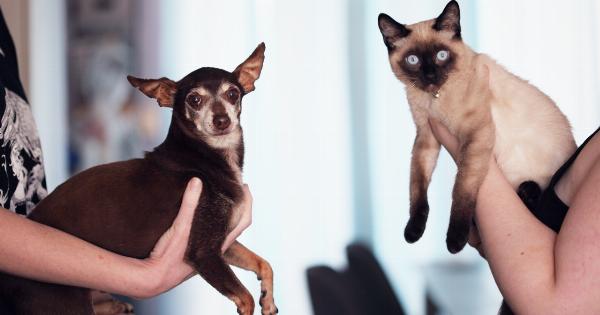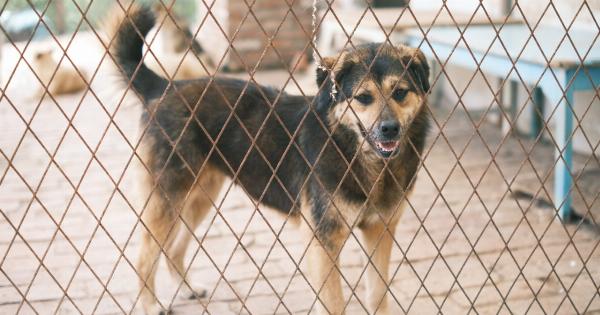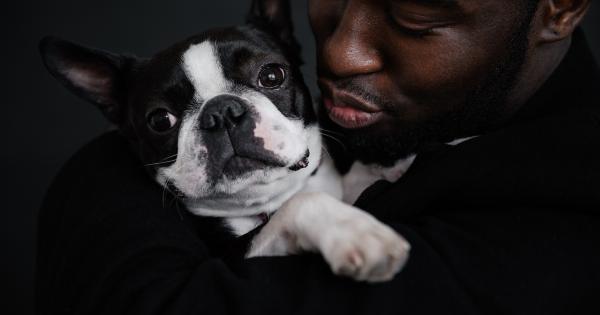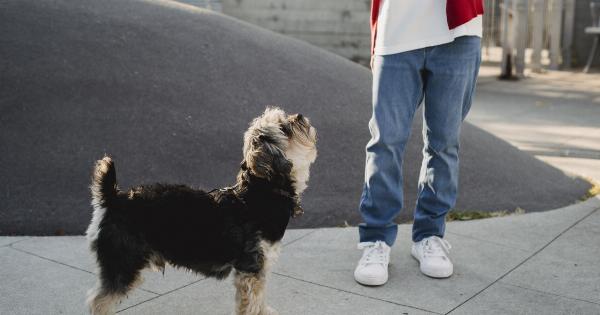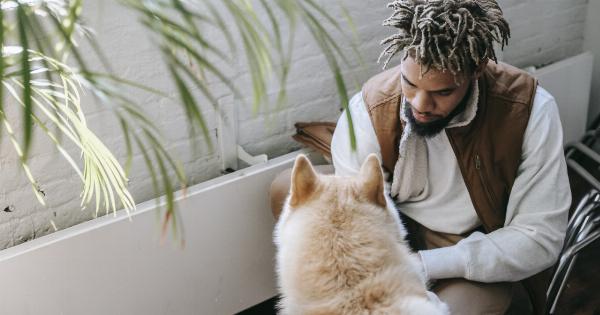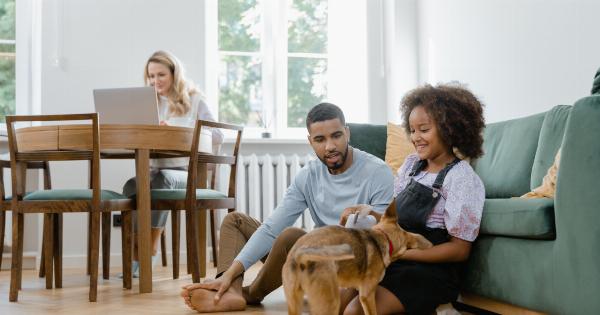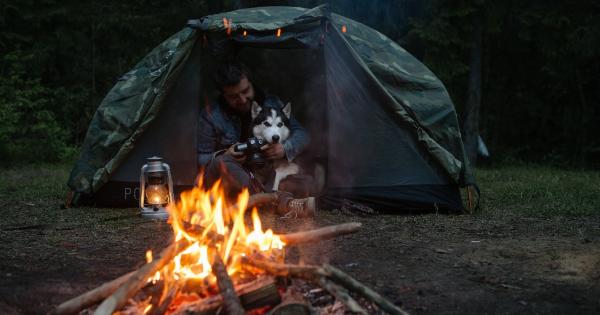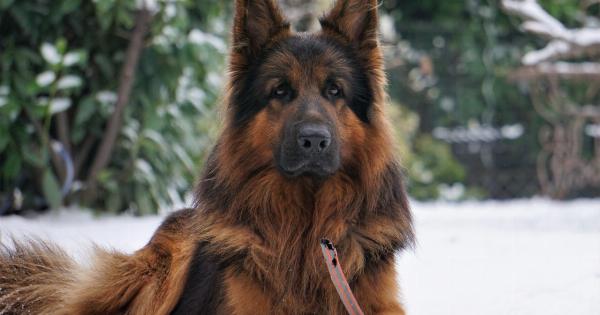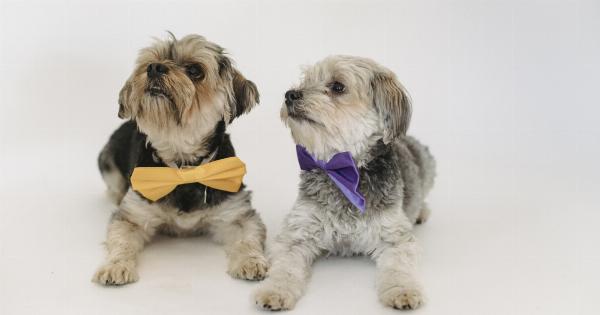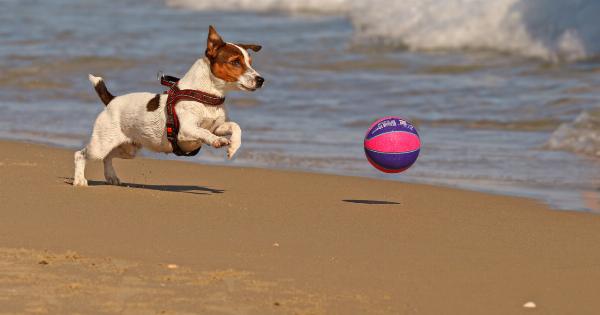Just like humans, dogs need regular exercise to stay healthy and happy. However, not all exercises are the same, and not all dogs are the same. Choosing the right exercise for your furry friend can be tricky, especially if you are a new dog owner.
Here are some tips on how to choose the perfect exercise for your dog.
Know Your Dog’s Breed and Size
Different dog breeds have different exercise needs. Some breeds are more active than others, while some are prone to health issues that may affect their ability to exercise.
For example, small dogs with short legs like Pugs or Bulldogs may not be able to go on long runs or hikes, while large dogs like Great Danes or German Shepherds may need more exercise to avoid becoming overweight or bored.
Similarly, older dogs or dogs with arthritis may not be able to handle intense exercises like running or jumping. It’s important to talk to your vet about your dog’s specific needs and limitations before starting an exercise routine.
Consider Your Dog’s Personality
Just like people, dogs have their own unique personalities. Some dogs are more laid-back and prefer to cuddle on the couch, while others are more energetic and crave activity.
When choosing an exercise routine for your dog, it’s important to consider their personality.
If your dog is naturally energetic and loves to play, you may want to consider high-energy activities like running, hiking, or playing fetch.
On the other hand, if your dog is more laid-back, you may want to stick to activities like walking or swimming.
Think About Your Lifestyle
Another important factor to consider when choosing an exercise routine for your dog is your own lifestyle. If you are someone who loves to go on long runs or hikes, a high-energy dog may be a good match for you.
However, if you work long hours and have limited time for exercise, a dog that requires less activity may be a better fit.
It’s important to choose a dog that fits your lifestyle and exercise needs, rather than trying to force a certain activity onto a dog that may not be suited for it.
Start Slowly
Regardless of the type of exercise you choose, it’s important to start slowly and build up gradually. This is especially true if your dog is not used to regular exercise.
Start with short walks or low-impact activities like swimming or playing fetch in the backyard. As your dog’s fitness level improves, gradually increase the intensity and duration of the activity.
Mix It Up
While it’s important to have a regular exercise routine for your dog, it’s also important to mix up the type of exercise you do to keep your dog engaged and avoid boredom.
Try alternating between different activities like walking, hiking, and swimming, or incorporate new games and toys into your routine to keep things interesting.
Pay Attention to Your Dog’s Body Language
Finally, it’s important to pay attention to your dog’s body language during and after exercise. Signs that your dog may be getting tired or overexerted include excessive panting, drooling, or lethargy.
If you notice any of these signs, it’s important to stop the activity and let your dog rest. Never push your dog to continue exercising if they are tired or uncomfortable.
Conclusion
Choosing the perfect exercise for your dog depends on a variety of factors, including their breed, personality, and your own lifestyle.
By taking the time to choose the right exercise routine for your furry friend and paying attention to their body language, you can help ensure that they stay healthy and happy for years to come.
